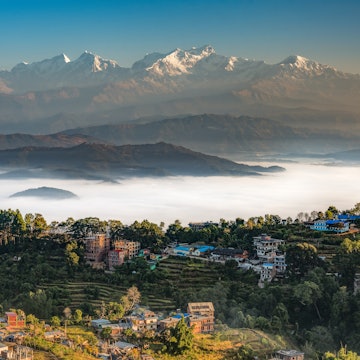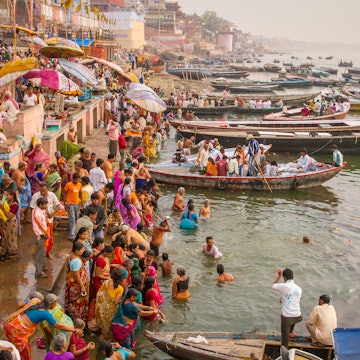

Visitors at top of the rock fortress of Sigiriya, Sri Lanka. Wesche/Shutterstock
With its beaches, tea estates, elephants, magnificent ruins and rich culture, Sri Lanka is a perennial dream destination. And while just about everyone who arrives will require a visa, the country’s refreshingly user-friendly system for obtaining one makes the process easy.
Here’s all you need to know about the entry requirements for visiting Sri Lanka as a tourist, with information on visa types, the costs involved and the process for obtaining one.
Who needs to apply for a visa for Sri Lanka?
With the exception of citizens from Singapore, Maldives and Seychelles, all travelers require a visa to visit Sri Lanka. Fortunately, the process for acquiring one is relatively straightforward.

How to apply for an Electronic Travel Authorization (ETA) for Sri Lanka
If you’re heading to Sri Lanka for up to 30 days, you can obtain an e-visa (officially, an Electronic Travel Authorization or ETA) from the government’s Department of Immigration and Emigration website. The application involves completing a simple form and making an online payment, with no need to submit passport copies, documents or photographs. You can also complete the short application upon arrival.
A double-entry, 30-day tourist visa costs US$50 (US$20 for residents of Afghanistan, Bangladesh, Bhutan, India, Nepal, and Pakistan). Two-day transit visas are free and only necessary if you plan to leave the airport (a seven-day transit visa runs US$15). There is also no charge for tourist visas for children under the age of 12. On-arrival visas are subject to higher fees (see below).
It’s possible to check the status of your ETA online. Once it gets approved, it will be electronically linked to your passport, making for a seamless process at immigration. (In theory, that is: we advise printing out a copy of the ETA approval notice and having it handy to show officials, just in case.) For an ETA to be valid, you must arrive in Sri Lanka within three months from its date of issue.

ETAs can also be applied for through travel agents and in person at Sri Lankan embassies or consulates ahead of a trip. Embassies can help facilitate longer visas, such as those granting entry for 90 days, or residence visas for those looking to study, work or otherwise spend extended time in the country.
In addition to an ETA, visitors to Sri Lanka need to make sure they have a passport valid for at least six months from the date of arrival, a confirmed return ticket and sufficient funds to meet their expenses during the stay. (The last requirement is rarely enforced; when it is, visitors report that showing the cash in their wallet usually suffices.)
Can I apply for a tourist visa on arrival in Sri Lanka?
A limited facility at Bandaranaike International Airport (Sri Lanka’s main international airport) offers ETAs on arrival. These in-airport visas cost more than those obtained before travel (US$60, or US$25 for residents of South Asian countries); it’s also worth noting that if your visa application is unsuccessful for any reason, you will immediately need to return to your original destination. For these reasons, it’s highly advisable (not to mention easy) to apply online for an ETA ahead of your trip.

How do I extend a tourist visa in Sri Lanka?
Once you’re on Sri Lankan soil, you can use an online portal to renew your 30-day tourist visa, up to three times total. The initial extension is usually granted for 60 days, with the maximum length of any tourist visa 270 days. Visitors wishing to apply for an extension must do so before their current visa expires, and ensure their passport is valid for at least two months after their proposed updated departure date.
The fee depends on your nationality and length of stay extension. (For most visitors from Europe and North America, the first additional 30-to-60-day extension will cost US$100.) Contact the Department of Immigration and Emigration in Colombo should you need further advice on extending your stay.
















